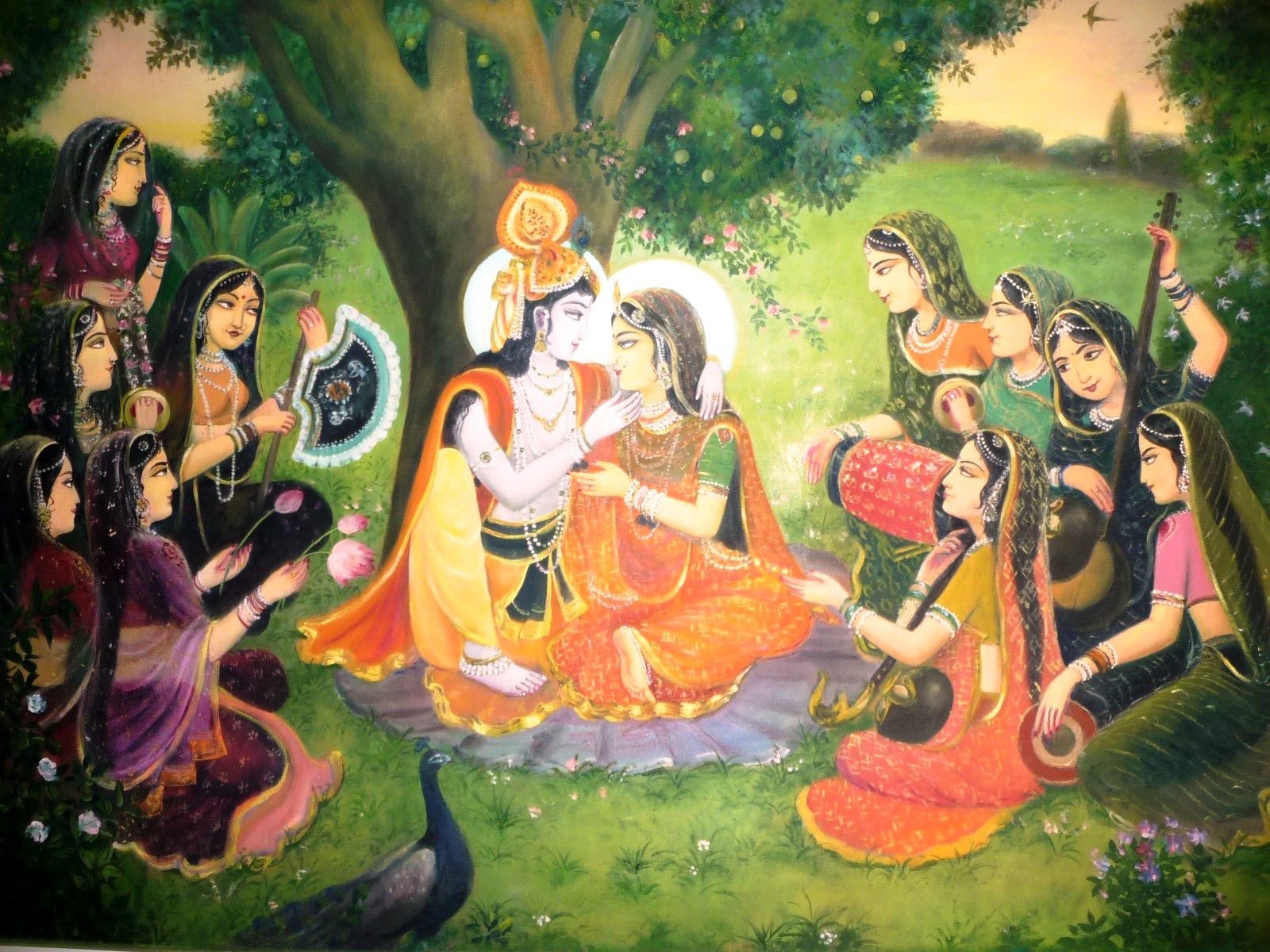The life of Shri Hit Premanand Govind Sharan Ji Maharaj is a captivating journey of spiritual exploration and profound devotion. Born into a deeply religious family, he was drawn to the search for ultimate truth from a very young age. His path, however, was not a straightforward one, marked by introspection, questioning, and a constant yearning for something beyond the material world.
A Spark Ignites: Early Life and the Call to Spirituality
His early childhood was steeped in devotional practices, surrounded by family members who embraced a life of piety. This environment nurtured a latent spiritual spark within him, leading him to question the purpose of life and the transient nature of worldly happiness. While still a young boy, he began to feel a disconnect between the pursuit of material knowledge and the true essence of existence.
This realization marked a turning point in his life. He sought answers through chanting, finding solace and direction in the repetition of sacred names like “Shri Ram Jai Ram Jai Jai Ram” and “Shri Krishna Govind Hare Murari.” By the age of thirteen, his conviction to dedicate his life to spiritual exploration was unwavering. He left his home, embarking on a journey that would lead him to embrace a life of renunciation and unwavering devotion.
The Path of Renunciation: Brahmcharya and Sanyaas
His initial years were marked by a commitment to Naisthik Brahmcharya, a strict form of celibacy. He was known as AnandSwaroop Brahmchari, later accepting Sanyaas and becoming Swami Anandashram. This period was characterized by complete renunciation, living by the principles of Aakashvriti, accepting only what was offered by divine grace without any personal effort. He spent much of this time on the banks of the Ganges, drawn to its sacred waters and the spiritual energy that permeated its shores.
The Ganges became a second mother to him, a constant source of solace and inspiration. He roamed its ghats, unfazed by hunger, weather, or the hardships of a life dedicated to spiritual pursuit. Even in the harshest winters, he never wavered from his daily rituals, bathing thrice in the Ganges and immersing himself in meditation.
The Call of Vrindavan: A Turning Point
Despite the profound experiences he gained during his years as a Sanyaasi, he felt a deeper calling, a yearning for something more. While meditating under a tree in Banaras, he was drawn to the glory of Vrindavan, a place renowned for its association with Lord Krishna and his divine love.
This inner calling led him to attend a Raas Lila, a devotional dance drama depicting the divine love of Radha and Krishna. He was captivated by the beauty and intensity of the performance, spending a month immersing himself in the stories and the energy of the event. This experience proved to be a turning point, igniting a new chapter in his spiritual journey.

Embracing RadhaVallabhi Tradition: A New Chapter
His arrival in Vrindavan was marked by a deep reverence for the holy city and its traditions. He began with daily Vrindavan Parikrama, circumambulating the sacred sites, and paying homage to Shri BankeBihari, a beloved form of Krishna. His visits to the RadhaVallabh Mandir, a temple dedicated to Radha and Krishna, were particularly significant.
He spent hours admiring the deity, his devotion attracting the attention of the Goswamis, the spiritual leaders of the RadhaVallabhi tradition. One day, a Goswami recited a verse from Shri RadhaRasSudhaNidhi, a devotional text, but Maharaj Ji, despite his knowledge of Sanskrit, struggled to grasp its profound meaning. The Goswami encouraged him to chant the name of Shri Harivansh, a powerful mantra associated with the tradition.
He initially hesitated but found himself chanting the name spontaneously while performing Vrindavan Parikrama the following day. This experience convinced him of the power of the Holy Name and led him to embrace the RadhaVallabhi tradition. A further encounter with a Sakhi, a female devotee, singing a verse about Radha and Krishna’s love, prompted him to seek diksha, initiation, into the Sampradaya.
The Grace of His Guru: Finding Guidance and Direction
He was initiated into the RadhaVallabhi Sampradaya with the Sharnagat Mantra, a sacred prayer of surrender. Soon after, he met his present Sadguru Dev, Pujya Shri Hit Gaurangi Sharan Ji Maharaj, a prominent saint known for his teachings on Sahchari Bhav, a state of constant communion with the divine.
His Sadguru Dev initiated him into Sahchari Bhav and NityaVihar Ras, the eternal dance of love with the divine. For ten years, he served his Guru with unwavering devotion, performing any task with humility and dedication. Under his guidance, he became deeply absorbed in Sahchari Bhav, developing an unwavering devotion to Radha and Krishna.
The Essence of Madhukari: A Life of Simple Devotion
Following in the footsteps of his Guru, he embraced Madhukari, a way of life characterized by simplicity and a focus on devotion. He held deep respect for the Brajwasis, the residents of Vrindavan, believing that one cannot experience divine love without partaking in the simple offerings of the land.
The Legacy of a Rasik Saint: A Life Dedicated to Love
Shri Hit Premanand Govind Sharan Ji Maharaj’s life is a testament to the transformative power of devotion. He embodies the essence of a Rasik Saint, a soul deeply immersed in the divine love of Radha and Krishna. His teachings and his life are a source of inspiration for countless individuals seeking spiritual guidance and a deeper understanding of the divine.
His journey from a young boy questioning the purpose of life to a revered saint dedicated to the pursuit of divine love is a testament to the power of faith, surrender, and the unwavering pursuit of truth. His life serves as a beacon, illuminating the path for those seeking a connection with the divine, reminding us that true happiness lies not in material possessions but in the depths of our spiritual being.

